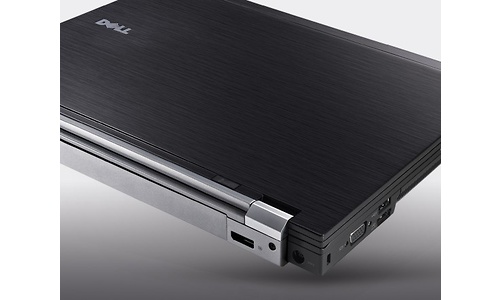

The Quadro series offers certified drivers that are optimized for stability and performance in professional applications like CAD or DCC. The K510M usually comes with 1 GB GDDR5 VRAM clocked at 600 MHz (2400 MHz effective, 19.2 GB/s). As a new feature, PCIe 3.0 is supported for the first time. The Quadro K510M is built for the Intel Shark Bay generation (Haswell) and is a successor to the Quadro K500M (Chief River platform). It is a Kepler-based GPU built on the GK107 chip with 192 out of 384 shader cores activated and is manufactured in 28nm at TSMC. The NVIDIA Quadro K510M is a DirectX 11 and OpenGL 4.3 compatible graphics card for affordable mobile workstations. NVIDIA Quadro K510M ► remove from comparison Thanks to the 12nm process and clever power-saving features, the power consumption is comparatively low (according to AMD), so the graphics card can also be used for slim and light notebooks. That means, demanding current games may not be playable fluently.

The performance should be clearly lower than the Radeon RX Vega 3 with 3 CUs and therefore in the lowest performance region of modern GPUs. More information is available in our dedicated article about the Raven Ridge architecture. The Vega architecture offers some improvements over the Polaris generation and now supports DirectX 12 Feature Level 12_1. The GPU should benefit from fast dual-channel DDR4-2400 RAM (contrary to DDR4-2133 single-channel, which is also possible). The performance depends on the configured TDP (12-25 W at launch), the clocks, the cooling, and the memory configuration). The GPU is based on the Vega architecture (5th generation GCN) and has 2 CUs (= 128 of the 704 shaders) clocked at up to 1100 MHz. It is used for the entry level Athlon Silver 3050U APUs, which were launched in early 2020.

The AMD Radeon RX Vega 2 is an integrated GPU for laptops. AMD Radeon RX Vega 2 ► remove from comparison


 0 kommentar(er)
0 kommentar(er)
